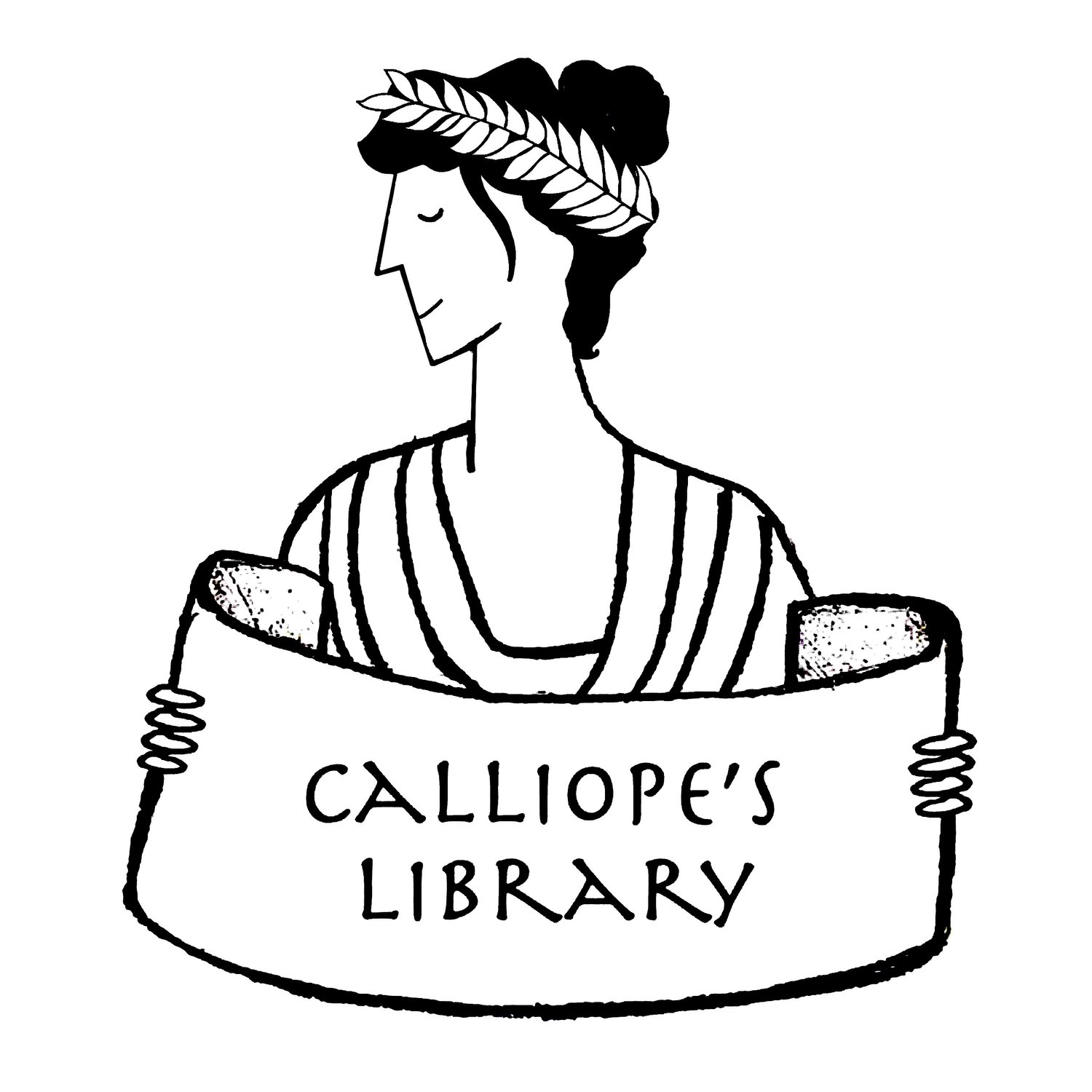Title: Detectives in Togas
Author: Henry Winterfeld
Illustrator: Charlotte Kleinert
English Translators: Richard and Clara Winston
Date: 1956
Tags: 7+, Middle Grade, Roman History, Setting: Ancient, Original Language: German “Caius ist ein Dummkopf”
According to the author’s note that prefaces Detectives in Togas a graffito proclaiming CAIUS ASINUS EST, found on a temple wall that was excavated in Pompeii in 1936, furnished the inspiration for the plot. The author provides no source and the graffito appears to be fictitious, but that does not matter; the novel still offers an exciting and rewarding read. The tale is set in ancient Rome under an unspecified emperor, perhaps one of the Flavians. In the venerable tradition of children’s thrillers (think Emil and the Detectives) a gang of boys band together to solve a crime: their school, run by the learned but choleric Greek schoolmaster Xantippos, has been broken into, the teacher hogtied, and a number of disparate items —mathematical texts plus a writing tablet inscribed by Rufus, one of the students, with CAIUS ASINUS EST—stolen. When this same legend subsequently appears on the temple of Minerva on the Esquiline, Rufus is arrested for desecration and threatened with life as a galley slave. The boys succeed in rescuing him and unraveling a mystery that reaches into the highest ranks of Roman society. Eight-to twelve-year-old readers will enjoy the suspenseful plot and the boys’ characterization, while their parents will appreciate the lightly sketched-in background on ancient Roman education, architecture, food ways, and the city’s hierarchical social world (elites, foreigners, commoners, slaves). There is a sequel called Mystery of the Roman Ransom.
—Justina Gregory


